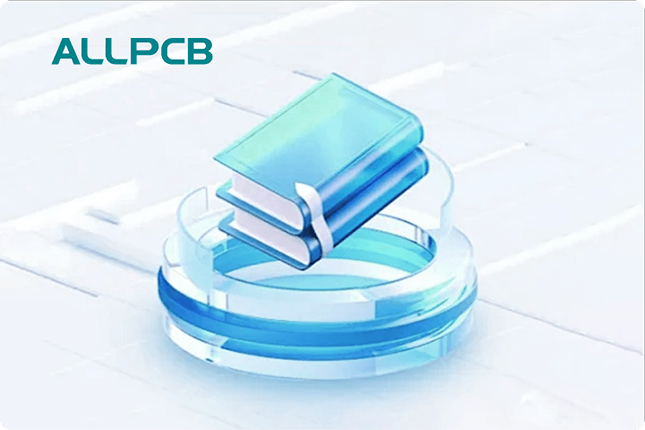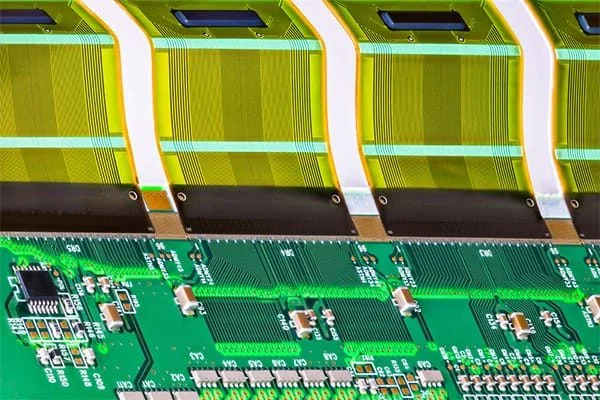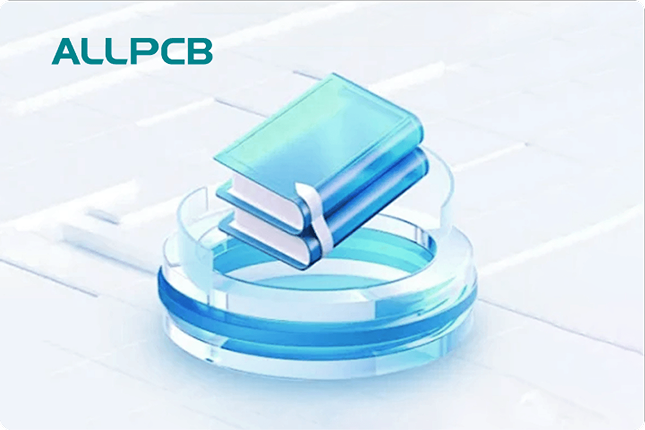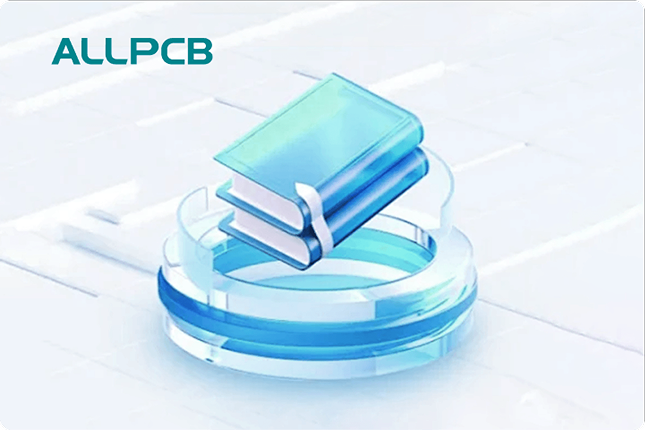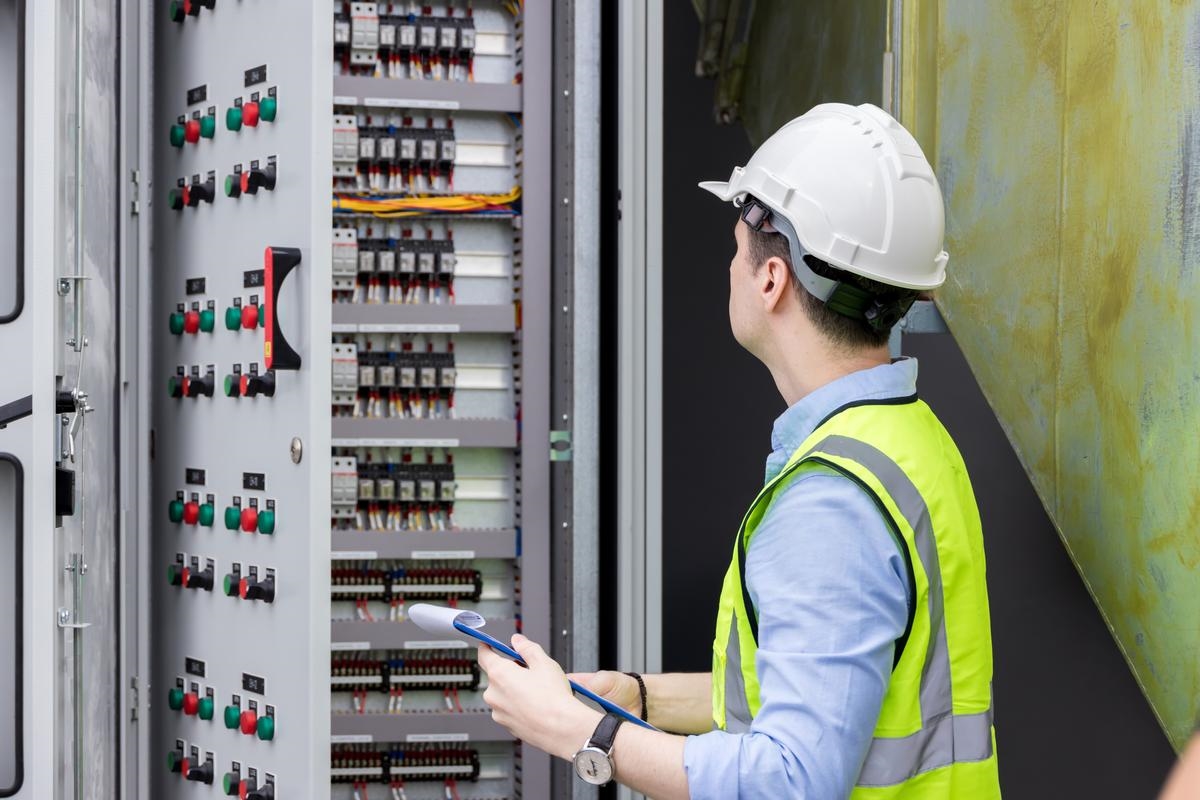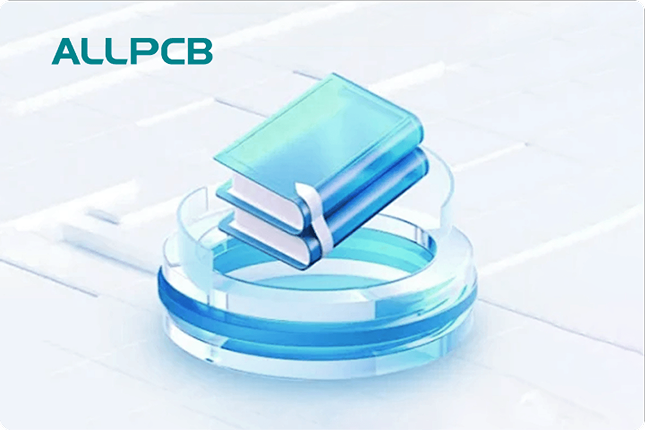When designing printed circuit boards (PCBs) for avionics systems, selecting the right surface finish is critical for ensuring reliability, performance, and longevity under harsh conditions. Avionics PCBs operate in extreme environments with temperature fluctuations, high humidity, and vibration, making the choice of surface finish a key factor in preventing corrosion, ensuring solderability, and maintaining signal integrity. So, which surface finish is best for high-reliability avionics systems? Options like ENIG (Electroless Nickel Immersion Gold), HASL (Hot Air Solder Leveling), and immersion silver each have unique benefits and challenges. In this blog, we’ll explore these finishes in detail, focusing on their suitability for avionics applications and emphasizing corrosion resistance for avionics PCBs.
Why Surface Finish Matters for Avionics PCBs
Surface finish on a PCB serves as a protective layer over the copper traces, preventing oxidation and ensuring a reliable surface for soldering components. For avionics systems, where failure is not an option, the surface finish must withstand extreme conditions while maintaining electrical performance. Factors like corrosion resistance, thermal stability, and mechanical durability are non-negotiable in aerospace applications. A poor surface finish choice can lead to issues like signal loss, solder joint failures, or corrosion, which could compromise critical systems in aircraft.
In avionics, PCBs are often exposed to high-altitude environments with low pressure, temperatures ranging from -55°C to 125°C, and humidity levels that can exceed 90%. These conditions accelerate wear on unprotected copper, making the surface finish a first line of defense. Additionally, avionics systems require compliance with stringent standards like IPC-6012 (Qualification and Performance Specification for Rigid Printed Boards) and MIL-PRF-31032 (Performance Specification for Printed Circuit Boards), which often dictate specific material and finish requirements for reliability.
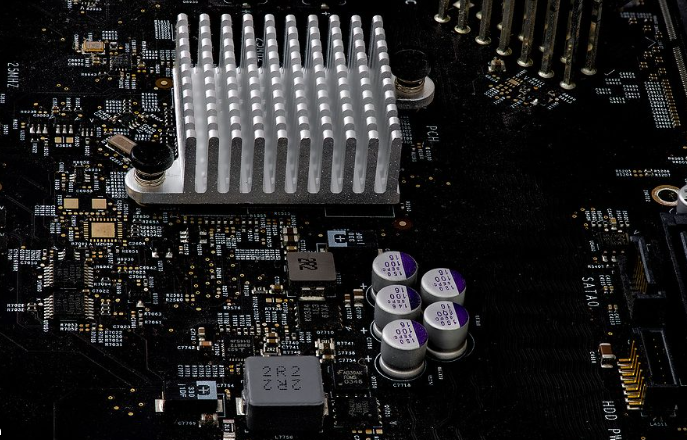
Key Factors in Selecting a Surface Finish for Avionics PCBs
Before diving into specific surface finish options, let’s look at the critical factors to consider when choosing a finish for avionics PCBs:
- Corrosion Resistance: Avionics systems are exposed to moisture and contaminants that can corrode copper traces. A finish with high corrosion resistance for avionics PCBs is essential to prevent failures.
- Solderability: The finish must provide a reliable surface for soldering components, ensuring strong and durable joints even after multiple thermal cycles.
- Thermal and Mechanical Stability: Avionics PCBs endure extreme temperature changes and vibrations during flight. The surface finish must remain intact under these stresses.
- Signal Integrity: High-frequency signals in avionics systems require finishes that minimize impedance mismatches and signal loss, especially for applications like radar or communication systems.
- Cost and Manufacturability: While reliability is paramount, the finish should also be feasible to apply during manufacturing without significantly increasing costs.
With these factors in mind, let’s evaluate the most common surface finishes used in avionics PCB design: ENIG, HASL, and immersion silver.
ENIG Finish for Avionics: The Gold Standard for Reliability
ENIG, or Electroless Nickel Immersion Gold, is widely regarded as one of the best surface finishes for high-reliability applications like avionics. It consists of a layer of nickel (typically 3-6 micrometers thick) deposited over the copper, followed by a thin layer of gold (0.05-0.1 micrometers) to protect the nickel from oxidation.
Advantages of ENIG Finish for Avionics
- Excellent Corrosion Resistance: The gold layer in ENIG provides superior protection against oxidation and environmental contaminants, making it ideal for the harsh conditions faced by avionics PCBs. This corrosion resistance for avionics PCBs ensures long-term reliability.
- Flat Surface for Fine-Pitch Components: ENIG offers a uniform, flat surface, which is critical for soldering fine-pitch components like ball grid arrays (BGAs) commonly used in avionics systems. This reduces the risk of solder joint defects.
- High Thermal Stability: ENIG can withstand multiple thermal cycles without degrading, which is essential for avionics systems that experience temperature swings during operation.
- Signal Integrity: The nickel layer in ENIG provides a stable base for high-frequency signals, minimizing impedance variations. For avionics applications like navigation systems operating at frequencies above 1 GHz, this is a significant advantage.
Challenges of ENIG Finish for Avionics
- Higher Cost: ENIG is more expensive than other finishes due to the materials and complex application process. However, for avionics, where reliability trumps cost, this is often a worthwhile investment.
- Black Pad Issue: If not applied correctly, ENIG can suffer from a defect known as "black pad," where the nickel layer corrodes under the gold, leading to poor solderability. Rigorous quality control during manufacturing can mitigate this risk.
For avionics systems, ENIG is often the preferred choice due to its balance of reliability and performance. It meets the stringent requirements of aerospace standards and is widely used in critical applications like flight control systems and communication modules.
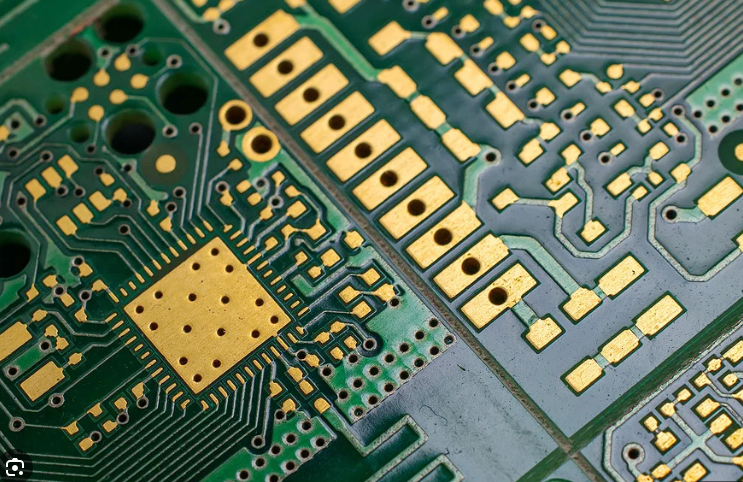
HASL Finish for Avionics PCBs: A Cost-Effective Option with Limitations
HASL, or Hot Air Solder Leveling, is one of the oldest and most cost-effective surface finishes available. It involves dipping the PCB in molten solder (typically a tin-lead alloy or lead-free alternative) and then using hot air to level the coating. While HASL is common in many industries, its suitability for avionics systems is limited.
Advantages of HASL Finish for Avionics PCBs
- Low Cost: HASL is significantly cheaper than ENIG, making it an attractive option for less critical applications or prototypes.
- Good Solderability: The solder coating provides a ready-to-solder surface, ensuring strong joints during assembly.
Challenges of HASL Finish for Avionics PCBs
- Poor Corrosion Resistance: HASL offers limited protection against oxidation and environmental factors compared to ENIG. For avionics, where corrosion resistance for avionics PCBs is crucial, HASL often falls short.
- Uneven Surface: The hot air leveling process can create an uneven surface, which is problematic for fine-pitch components and high-density designs common in avionics systems. This unevenness can lead to solder joint failures or misalignment.
- Thermal Stress: HASL finishes may degrade under the extreme thermal cycling experienced in avionics environments, potentially leading to cracks or delamination.
- Signal Integrity Issues: For high-frequency applications, HASL can introduce impedance variations due to its inconsistent thickness, affecting signal performance in systems like radar or GPS.
While HASL finish for avionics PCBs may be suitable for non-critical or cost-sensitive parts of a system, it is generally not recommended for high-reliability applications. Its limitations in corrosion resistance and surface uniformity make it less ideal for the demanding conditions of aerospace environments.
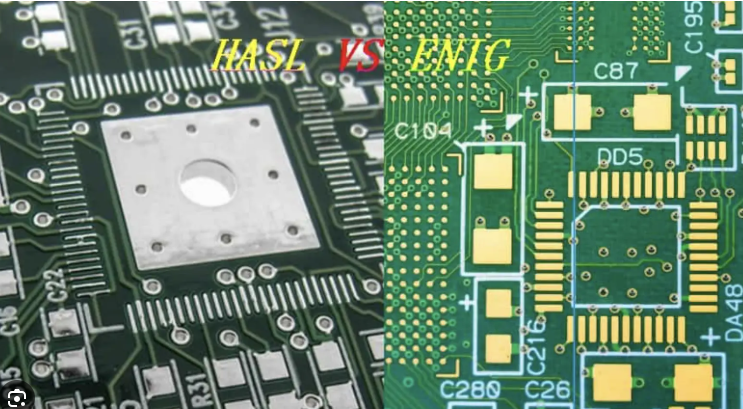
Immersion Silver for Avionics: A Middle Ground with Specific Benefits
Immersion silver is a surface finish that involves depositing a thin layer of silver (typically 0.1-0.3 micrometers) directly onto the copper traces through a chemical process. It is often considered a middle ground between ENIG and HASL in terms of cost and performance, but its use in avionics requires careful consideration.
Advantages of Immersion Silver for Avionics
- Good Solderability: Immersion silver provides excellent solderability, forming strong joints with both leaded and lead-free solders, which is beneficial for avionics assembly.
- Signal Integrity: Silver has high electrical conductivity, making immersion silver a good choice for high-frequency avionics applications where signal loss must be minimized. It supports impedance control better than HASL, with typical impedance values within ±10% of design targets for frequencies up to 5 GHz.
- Cost-Effective Compared to ENIG: Immersion silver is less expensive than ENIG while offering better performance than HASL, striking a balance for budget-conscious projects.
Challenges of Immersion Silver for Avionics
- Corrosion and Tarnishing: Silver is prone to tarnishing when exposed to sulfur or other contaminants, which can degrade solderability and electrical performance over time. While immersion silver offers some corrosion resistance for avionics PCBs, it is not as robust as ENIG in harsh environments.
- Limited Shelf Life: Immersion silver finishes have a shorter shelf life compared to ENIG, as the silver layer can degrade if not stored properly or if assembly is delayed.
- Microvoids: During soldering, immersion silver can sometimes form microvoids at the interface between the silver and solder, potentially weakening joints in high-vibration avionics environments.
Immersion silver for avionics can be a viable option for specific applications where high-frequency performance is critical, and environmental exposure is controlled. However, for systems requiring long-term reliability in extreme conditions, additional protective measures (like conformal coatings) may be necessary to mitigate tarnishing risks.
Comparing Corrosion Resistance for Avionics PCBs Across Finishes
Corrosion resistance for avionics PCBs is a top priority due to the environmental challenges these systems face. Let’s compare how ENIG, HASL, and immersion silver stack up in this regard:
- ENIG: Offers the highest corrosion resistance due to its gold top layer, which is inert and highly resistant to oxidation and contaminants. It can withstand humidity levels of 85-90% and salt spray tests per IPC standards without significant degradation.
- HASL: Provides minimal corrosion resistance, as the solder layer is susceptible to oxidation over time, especially in high-humidity or temperature-varying conditions. It often fails to meet avionics reliability requirements.
- Immersion Silver: Falls in between, with moderate corrosion resistance. While it performs better than HASL, silver’s tendency to tarnish in sulfur-rich environments can compromise long-term reliability unless protected.
For avionics systems, where even minor corrosion can lead to catastrophic failures, ENIG is typically the safest choice. However, immersion silver may be considered in controlled environments or with additional protective coatings.
Recommendations for Avionics PCB Surface Finish Selection
Based on the unique demands of avionics systems, here are tailored recommendations for selecting a surface finish:
- Critical Systems (Flight Control, Navigation): Use ENIG finish for avionics due to its unmatched corrosion resistance, thermal stability, and support for fine-pitch components. The higher cost is justified by the need for absolute reliability.
- High-Frequency Applications (Radar, Communication): Consider ENIG or immersion silver for avionics, as both support high-frequency signal integrity. If cost is a concern, immersion silver can be a viable alternative with proper environmental controls.
- Non-Critical or Prototyping: HASL finish for avionics PCBs may be acceptable for less critical components or early-stage designs where cost savings are prioritized over long-term reliability.
Additionally, always pair the surface finish with other protective measures like conformal coatings to enhance corrosion resistance for avionics PCBs, especially in high-humidity or contaminant-heavy environments.
Conclusion: Prioritizing Reliability in Avionics PCB Design
Selecting the right surface finish for high-reliability avionics system PCBs is a decision that directly impacts performance, safety, and longevity. While ENIG finish for avionics stands out as the most reliable choice due to its excellent corrosion resistance and thermal stability, immersion silver for avionics offers a cost-effective alternative for specific high-frequency applications. On the other hand, HASL finish for avionics PCBs is generally less suitable for critical systems due to its limitations in surface uniformity and corrosion protection.
By understanding the unique strengths and weaknesses of each avionics PCB surface finish, engineers can make informed decisions that align with the stringent requirements of aerospace applications. Whether it’s ensuring signal integrity for communication systems or preventing corrosion in harsh environments, the right surface finish is a foundational step in building dependable avionics systems.
 ALLPCB
ALLPCB


